This post contains affiliate links, which means I will make a commission at no extra cost to you should you click through and make a purchase. As an Amazon Associate I earn from qualifying purchases.
Wondering how to grow green beans? . Here are some tips for growing beans that will help you to get a higher yield.
Tips for Growing Green Beans
One favorite vegetable for gardeners is the bean. Beans are relatively easy to grow and need very little maintenance to obtain an abundant crop. Planting a variety of beans in your garden will ensure that you have fresh beans on your table during harvest, and quite possibly enough frozen to last you throughout the winter
Although there are hundreds of varieties of beans, there are two main types of beans. One is snap beans and the other is shell beans. Snap beans are preferred because of their pods. Shell beans, on the other hand, are eaten mainly because of their seeds. These protein-rich beans can be eaten fresh or dried.
Under these two type of bean categories, there are hundreds of varieties. Another thing that makes them different from each other is the fact that the bean species will fall under two growth habits. These growing habits are known as pole or running beans and the other is bush beans.
They are one of the best plants for square foot gardening.
Before you get started, green beans prefer soil that is slightly acidic, with a pH of around 6. You can test your soil with this kit to find out what the pH level is.
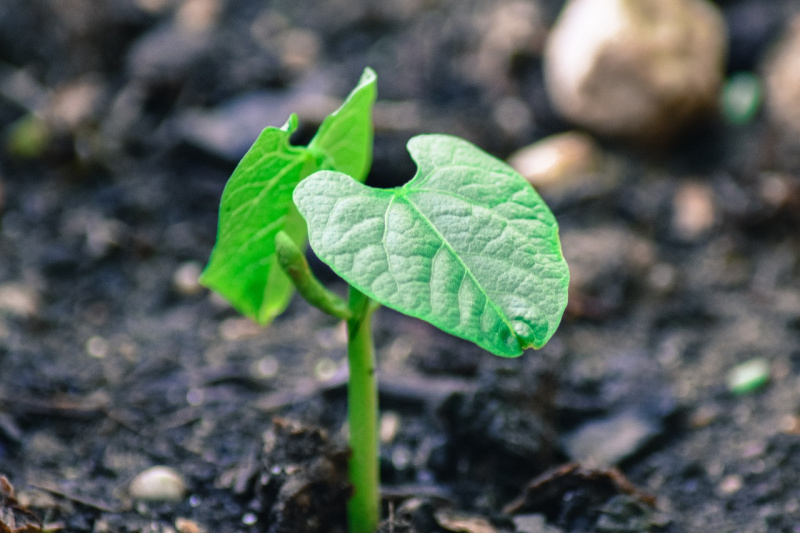
Green bean growth stages
Green beans progress through several distinct growth stages. The first stage is germination, where seeds absorb soil moisture and begin cell division. In the subsequent emergence stage, the seedling pushes through the soil and unfolds its first set of leaves, known as cotyledons.
This is followed by the vegetative stage, characterized by the development of true leaves, stems, and root systems. During the flowering stage, the plant develops flowers, which subsequently transform into bean pods.
Finally, in the pod development stage, the bean pods mature and lengthen, filling with seeds until they reach their full size in the harvest stage.
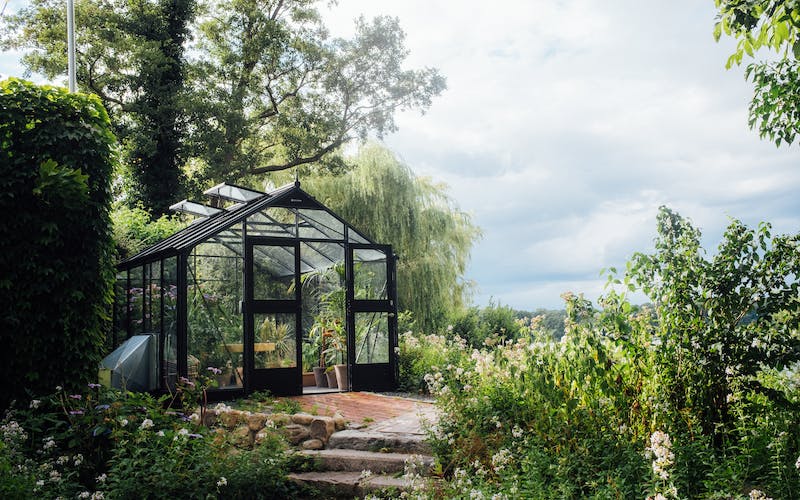
How to grow green beans in a greenhouse
Growing green beans in a greenhouse is a straightforward process that yields plentiful harvests. Start by selecting a variety of green bean that suits your taste and climate.
Plant the seeds approximately 1 to 1.5 inches deep in well-drained soil, ensuring a spacing of at least 6 inches between seeds. Green beans thrive in temperatures of 60-85°F (15-30°C), so maintaining this temperature range in your greenhouse is crucial.
Water the plants regularly, but avoid overwatering to prevent root rot. Once the plants reach a height of 6 inches, provide some form of support, like trellises or stakes, as most green bean plants are climbers.
Regularly check for pests or diseases and treat them promptly. With proper care, you should expect to see your first harvest in 50 to 60 days post planting.
How to grow green beans indoors
Growing green beans indoors from seeds can be a rewarding task that provides fresh produce year-round. Start by selecting a variety of dwarf green beans suitable for indoor cultivation.
Next, prepare a pot with drainage holes and fill it with a quality potting mix. Plant the bean seeds about 1 inch deep and water thoroughly. Place the pot in a sunny area where it will receive at least six hours of light each day.
Maintain consistent moisture without overwatering, and within 1-2 weeks you should see the seedlings emerge. Continue care by keeping the soil moist and providing adequate light. Harvest your beans when they reach their full size and appear plump.
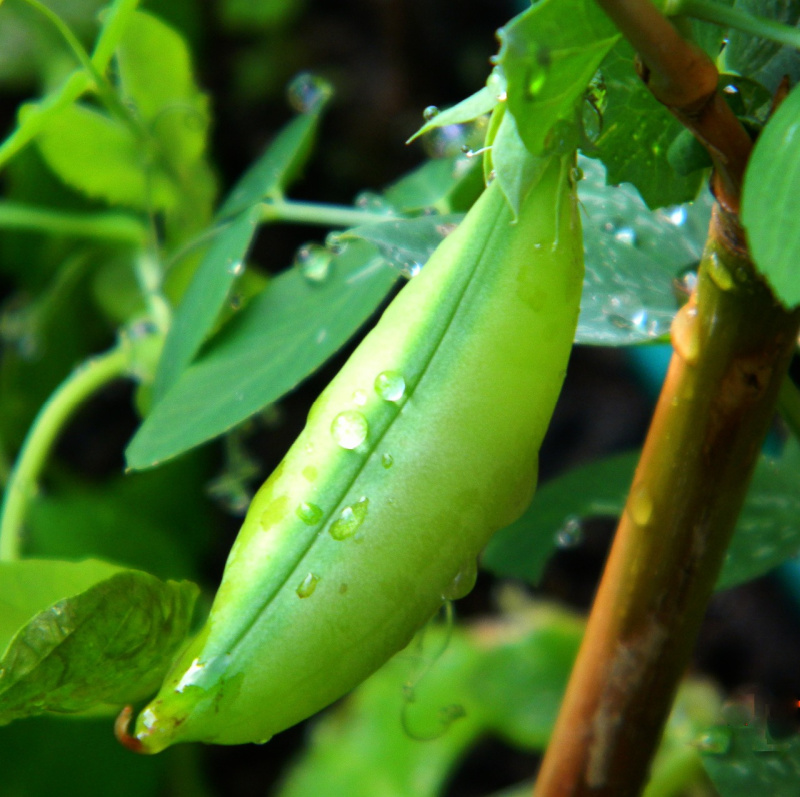
Growing green beans in grow bags
Growing green beans in grow bags is a viable and efficient method, especially for those with limited garden space. To plant the beans, first fill your grow bag with a good quality potting mix, making sure the bag is stable and upright.
Plant the beans about 1.5 inches deep and roughly 3 inches apart to provide ample room for growth. Water immediately after planting, ensuring the soil is moist but not waterlogged. Green beans prefer full sun, so place your grow bag in a sunny location.
Monitor the grow bag regularly, watering as necessary to keep the soil moist and checking for any signs of pests or diseases. With the correct care, you'll have a flourishing crop ready for harvest in about 50-60 days.
Can you grow green beans in a pot?
Yes, green beans can be successfully grown in a pot or container. The container should be at least 12 inches deep to accommodate the roots, and the plant will require a trellis or stake for support as it grows.
Be sure to use high-quality potting soil and place the container in a sunny spot. Regular watering is essential, but avoid overwatering to prevent root rot. With the proper care, you can enjoy a bountiful harvest of green beans right from your own pot.
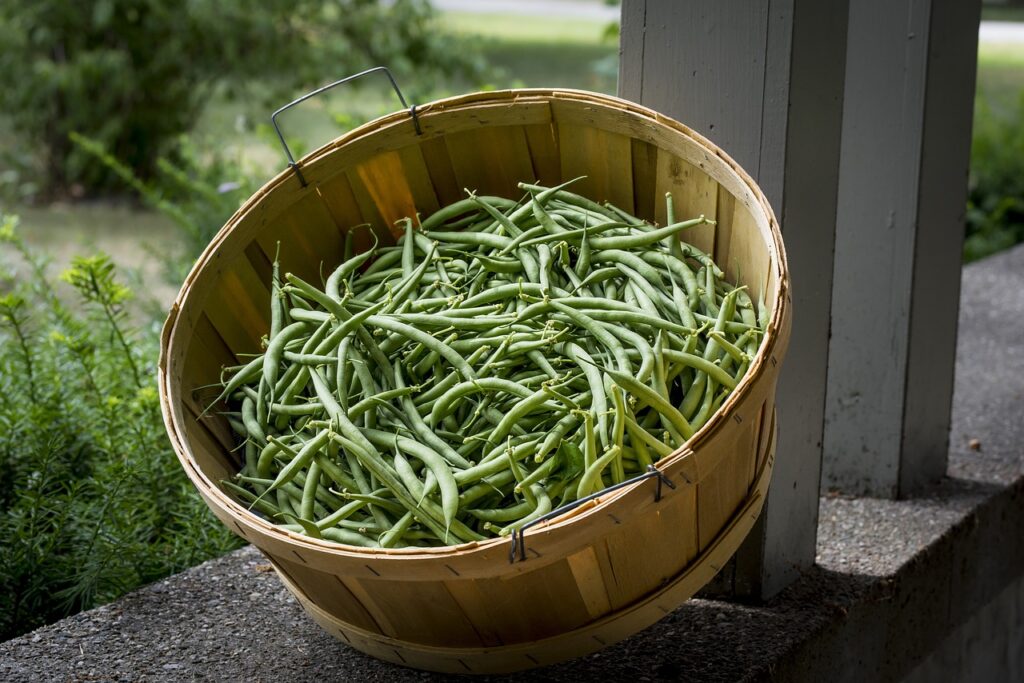
How to Grow Pole Beans
Pole beans need to be supported by stakes poles, wires, and trellises and other supporting materials. Runner beans are similar to the pole beans; however, they do need cooler temperatures in order to grow. Bush beans are self-supporting and do not need stakes or other apparatuses to support them. There are also some bean species in which you can choose one or the other growing techniques.
How to Grow Bush Beans
Bush beans grow to a size of approximately 2-3 feet. Pole beans can grow approximately 5-7 feet in the air. If garden space is a concern to you, growing pole beans will work to your advantage. One other reason why some gardeners prefer pole beans over bush beans is the fact that pole beans produce beans for a longer season. When you harvest some of the pole beans, the plant will continue to produce more beans. Therefore, it is important for you to remember to pick some of your pole beans every couple of days. This will ensure new yield growth
Bush beans tend to have a shorter harvest season and most of the crop is ready to be harvested at the same time. Then the season for growing bush beans is over.
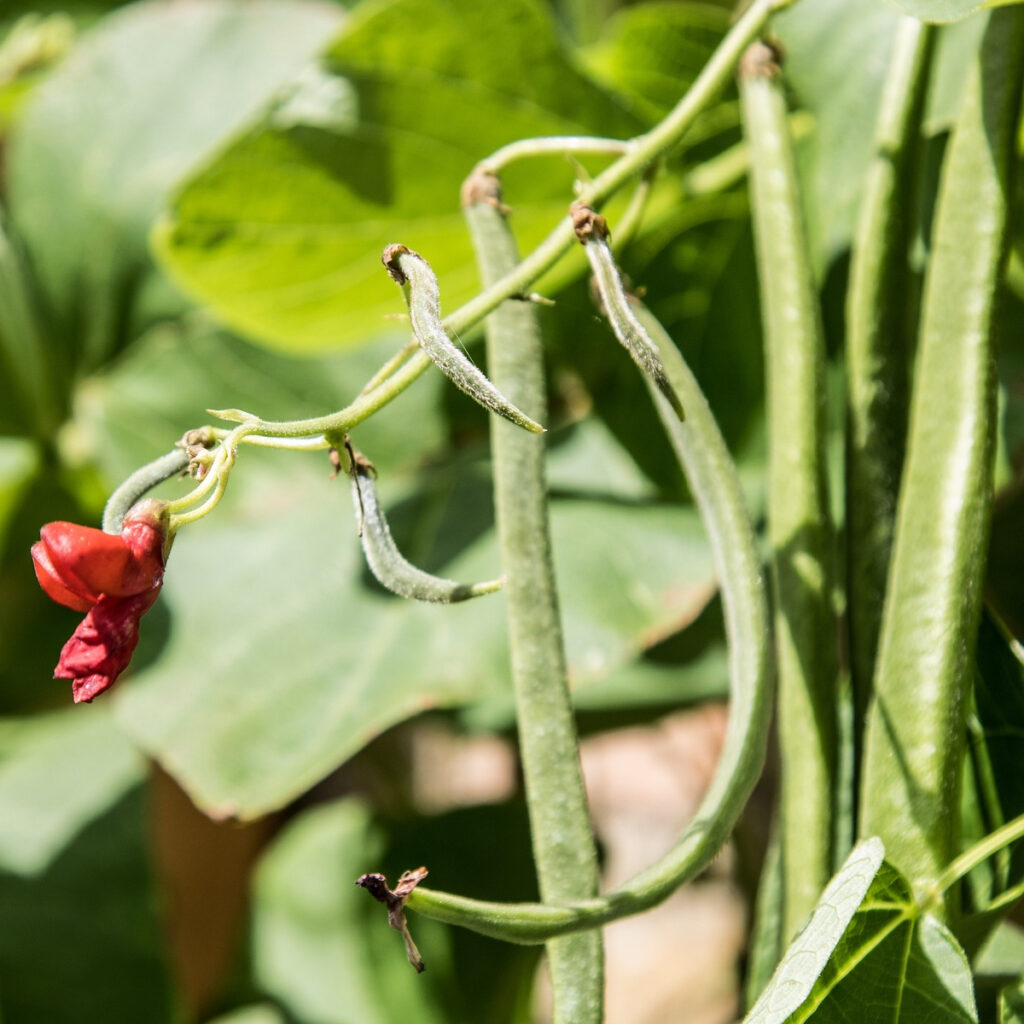
Can you grow green beans in a raised bed?
Absolutely, green beans can be successfully grown in a raised bed. Raised beds provide excellent drainage, prevent soil compaction, and allow for greater control over soil quality, all of which are beneficial for growing green beans.
The planting process involves creating rows approximately 1.5 to 2 feet apart and sowing the seeds at a depth of 1 to 1.5 inches. It's important to ensure the soil remains moist and the plants receive plenty of sunlight. With proper care, you can expect your green beans to thrive in a raised bed environment.
Can you grow green beans hydroponically?
Absolutely, green beans can be grown hydroponically. Hydroponic systems provide a more controlled environment for plant growth, allowing you to adjust nutrient levels and monitor plant health more effectively.
With adequate light, temperature, and nutrient balance, green beans can thrive in a hydroponic system, producing yields faster than traditional soil-based gardens.
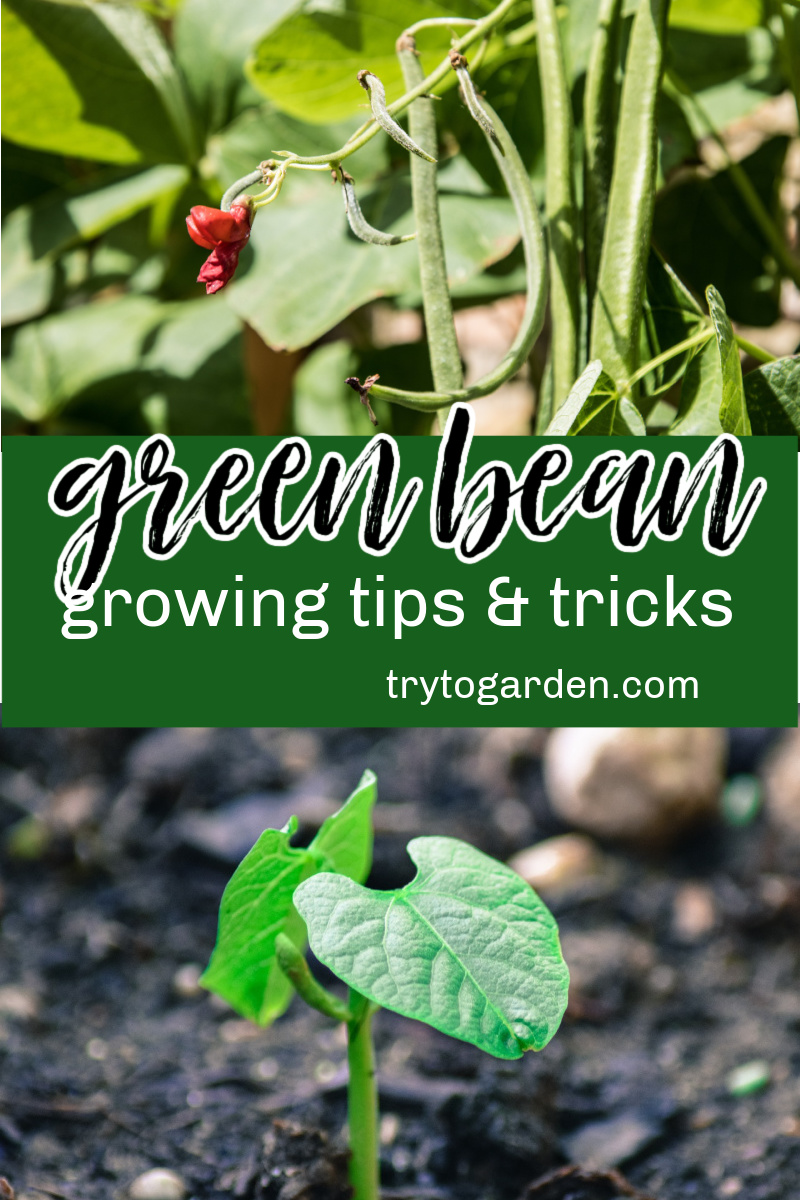
Final Tips for Green Beans
Remember to add some organic compost to the soil before planting either type of bean. By doing so you will ensure that the soil has enough nutrients to provide you with good crop yield. It is also important that these plants get enough sun and water to promote healthy growth.
Other posts you may find helpful:

